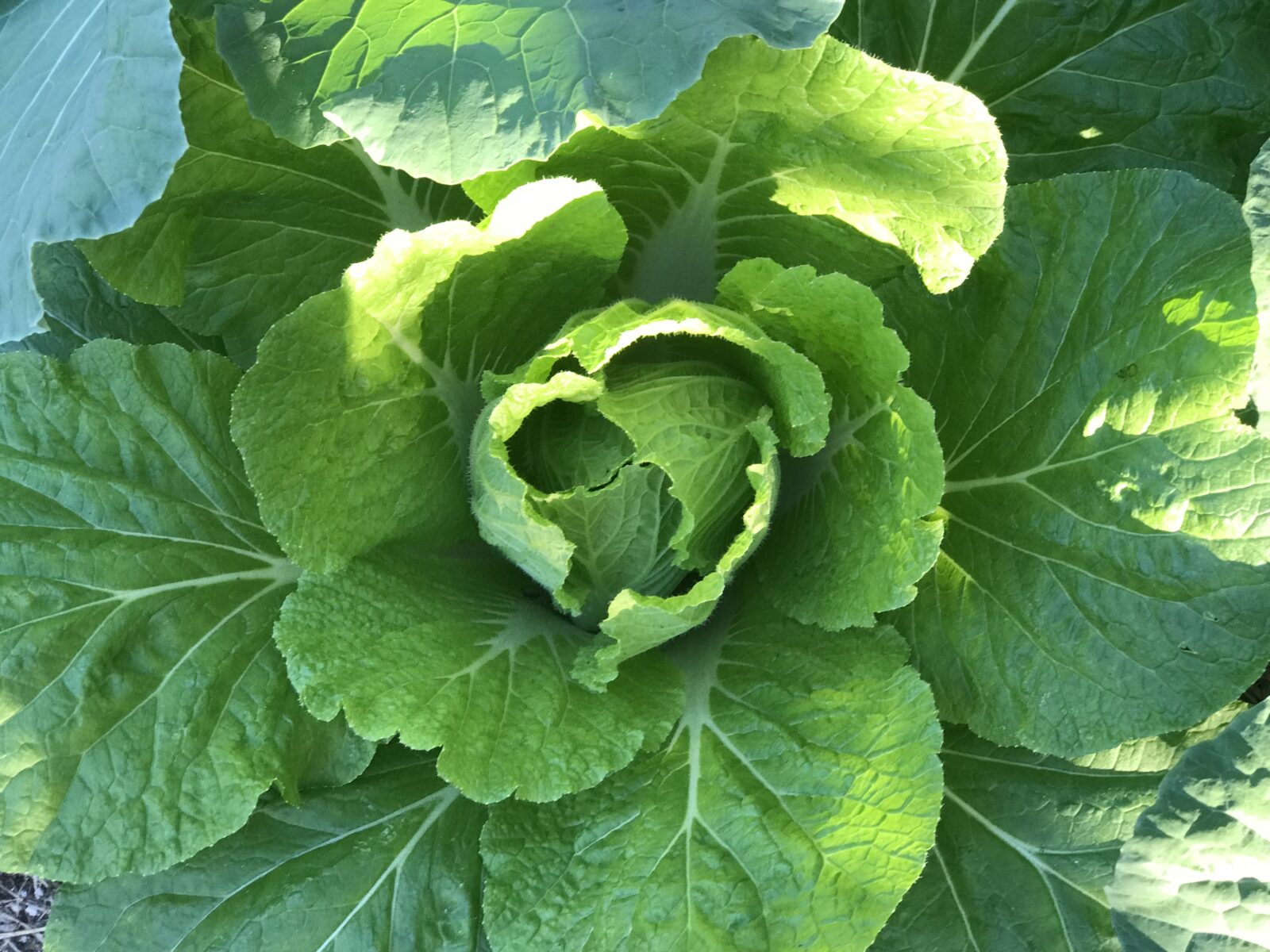To say that I’m far behind in my planting schedule would be putting it mildly. Now it’s time to figure out what to plant in January before it’s over.
Between the devastation of Hurricane Ian, the insult to injury added by Nicole, and then the Great Christmas Freeze of 2022, the fact that I’m only about three weeks behind is probably a miracle.
It took nearly two months to clean up after Hurricane Ian. I had downed power lines on trees that had fallen unto garden beds that were already prepped for fall planting.
The 85-mph winds had pulled up flowering landscape bushes, ripped vining vegetables from their trellises, and knocked out and knocked back nearly everything in the garden.
I had meant to document the damage and cleanup, but honestly, who wants to drag around both a camera and a chainsaw? At one point, I was so disheartened, I ended up plopped on the ground, underneath the bananas, which were then crushed under a blown-over 30-foot paper mulberry tree, trying not to sob loud enough to be heard.
But that was then, and this is now, and it’s January, and I’m late with starting my spring vegetable garden plants.
Sowing Indoors in January
As a no-till grower, I tend to sow my starts indoors undercover or indoors long before it’s time to plant them into the garden. So, I like to experiment a little and push the zone a little.
And of course, when you spend a good many weeks, even months, researching the right time to plant, you tend to want to try everything and anything RIGHT NOW!
The good news is that if you want to plant in January, it’s one of the times in Florida when you can pretty much start everything at once. It’s time to start warm-season vegetables indoors, especially the long-season ones like tomatoes and peppers.
It’s also not too late to start some cool-season vegetables outdoors, particularly varieties that mature quickly.
Tomatoes
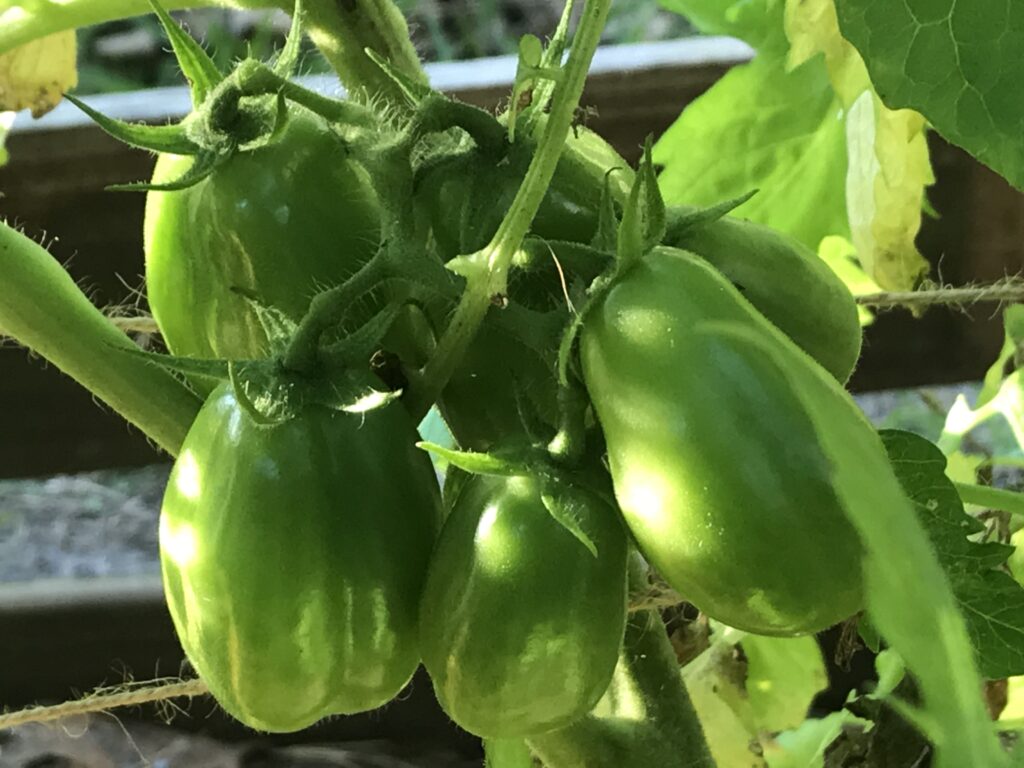
I always grow tomatoes. I always grow more tomatoes than I need. However, I also sell the small starter plants at local markets in the spring and always try to find a way to use leftovers.
In Zone 10, the goal is to start tomatoes in late December for planting out in late February. You can also start them indoors in zones 8 and 9, though you may need to pot them up if your starter cells get crowded. You may not be able to plant them outdoors until early or mid-March.
If this year is anything like last year, we’ll have plenty of time to get them developed and planted out when the temperatures stabilize. After all, 2022 brought us a brief frigid spell in mid-March, so there should be no rush.
If you have tomatoes still growing from fall like I do, remain prepared to cover them as necessary. My San Marzanos are still doing fine and putting on fruit, despite the late start they received. I covered them well during the Big Freeze and will probably need to cover them again at least two or three times before April.
For spring, I’ll be starting Sweetie Cherry for vining up the trellises. I’ll also do another round or even two of Floradade, Marglobe, and Homestead. Both are determinate types, so planting out a month apart could give me a longer harvest. While Floradade and Marglobes can be on the smaller size, if you’re patient enough, Homestead delivers some nice large slicers if you’re patient.
The Everglades seem to make their own arrangements.
If you’re not sure which varieties of tomatoes to look for, check out my list of the best vegetable varieties for Florida.
Peppers
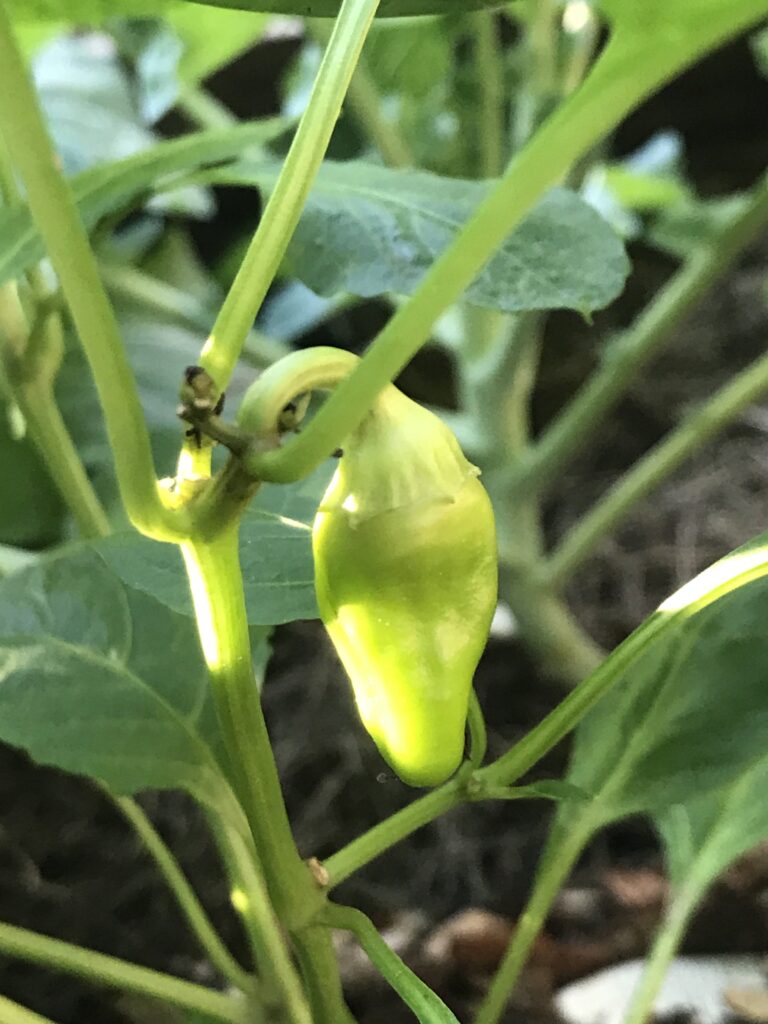
Peppers don’t seem to be fazed by any kind of weather in my zone. Unless they’re hit by Whitefly or bacterial wilt, they’re nearly indestructible and certainly perennial. I have a row of very healthy-looking specimens that managed through the freeze with just a light cover.
You can start both sweet and hot varieties indoors. Both types require a lot of time to mature and fruit, and they also produce more fruit if you prune them back at 12”. This means that it feels like forever before you get any peppers at all.
For this reason, start peppers as soon as reasonable so they have a significant head start before spring.
Melons
I have yet to master watermelons in my garden, and January is when I will try yet again. Cantaloupe and Honeydew are usually pretty reliable for me. Zones 9 and 10 can start any of them indoors in January, while Zone 8 should wait until next month.
While cucumbers are technically a type of melon, they quickly outgrow their seed tray cells and are too sensitive to cold to plant out. While it’s possible to start them in seed trays, many home gardeners find they don’t transplant well.
Squash
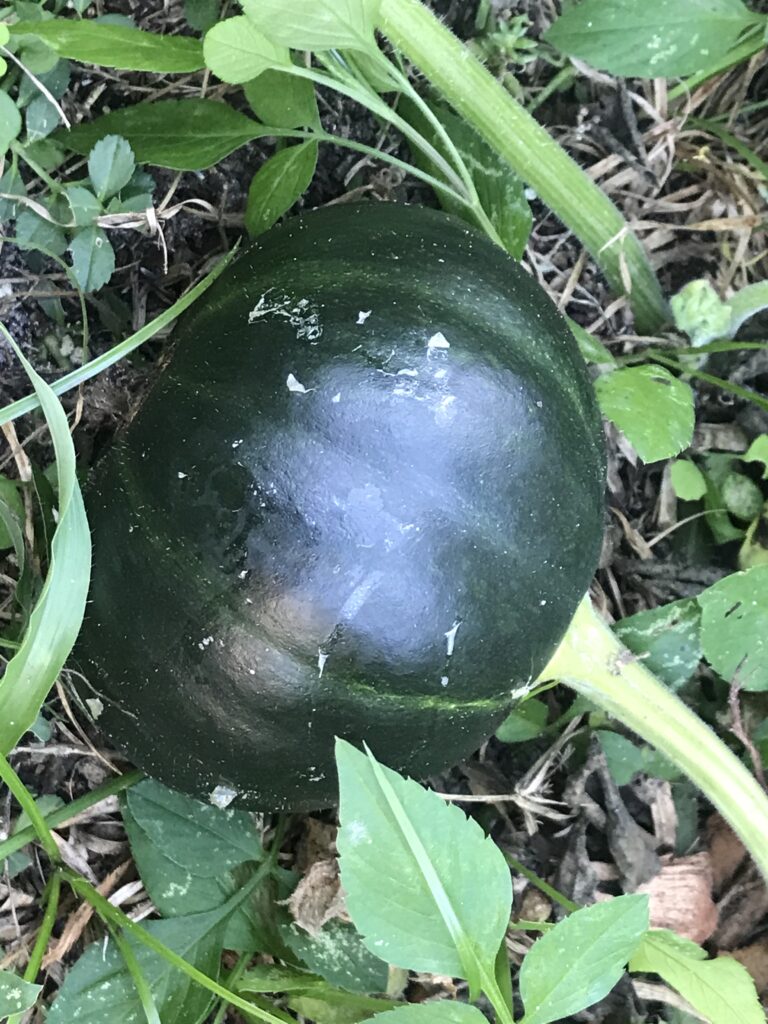
Winter squash is a breeze in Zone 10a, but I haven’t mastered the knack of summer varieties. I suspect I water them too much. I’ll start seeds for both this month and maybe I will finally learn my lesson about overwatering.
Corn
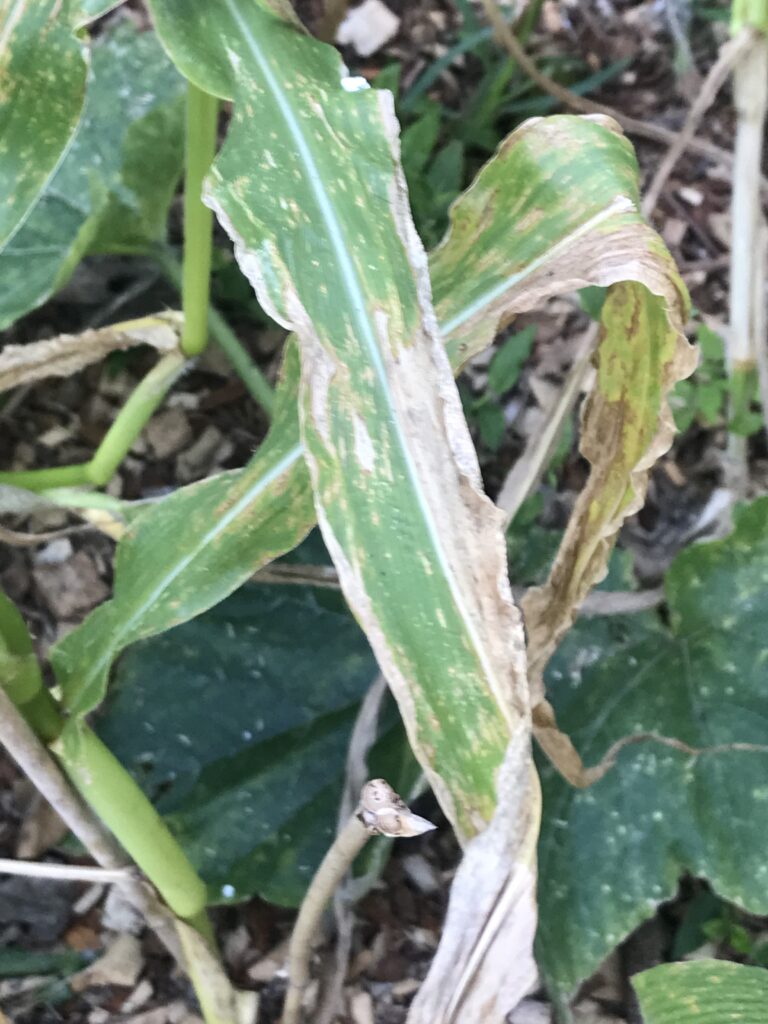
Corn is another vegetable garden staple whose success seems to elude me here on the Gulf Coast. Although, I did think I had it sussed this winter. I had beautiful Early Golden Bantam growing until the freeze. No corn borers. No rust. Some of it even looked pollinated! Then the Christmas freeze.
The jury is still out on the current batch. I’ll be consulting my Midwest-born-and-bred spouse for a judgment.
When it comes to corn, Zones 9 and 10 can plant in January, while North Florida gardeners should wait until February.
Herbs
I only sow herbs every two or three years, and this is one of those years. Most culinary herbs are perennial and unless they get wiped out from a bad rainy season, what I have tends to be adequate for my needs. However, I’ll sow some for market this year and would like to finally get a good patch of marjoram established. I may even try stevia again.
Start both perennial and annual herbs indoors in January. Pinch back basil aggressively until planting out to increase bushiness.
Plant in January Outdoors
Although I’m running behind, it’s not too late to get in another round of winter vegetables. I often opt for quick-growing varieties for this reason.
Brassicas
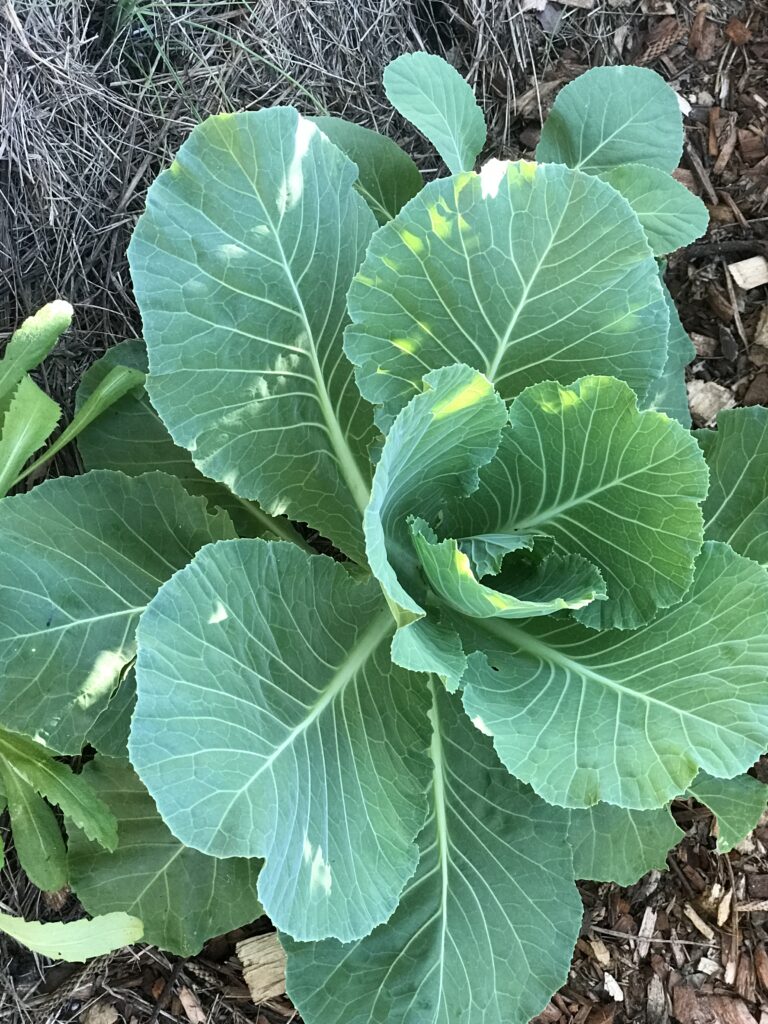
Early Jersey Wakefield cabbage is ready in 60 to 70 days. Collards and Brazilian broccoli are very heat tolerant and will continue to flourish into early summer, even though they’re technically cool-season veg.
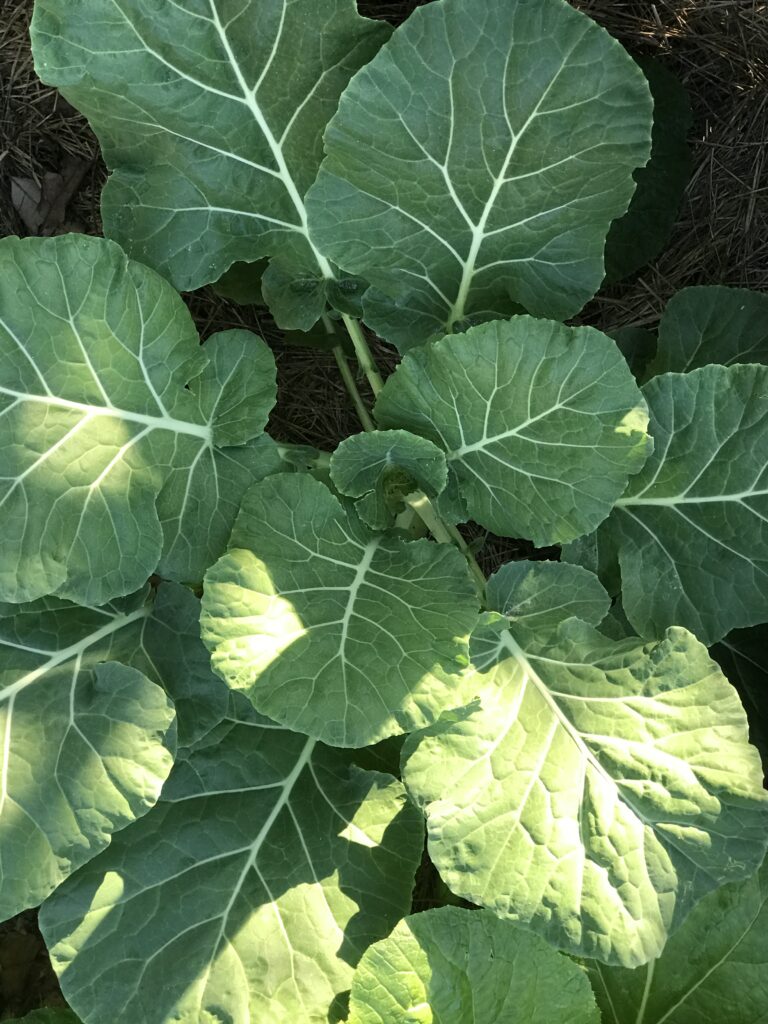
Asian cabbages, bok choy, mustard, tatsoi, and other brassicas are also good candidates to plant in January. If you’re in Zone 8, you can even have time for cauliflower and celery. Those in Zones 9 and 10 should look for quick-maturing varieties, however.
Peas and Green Beans
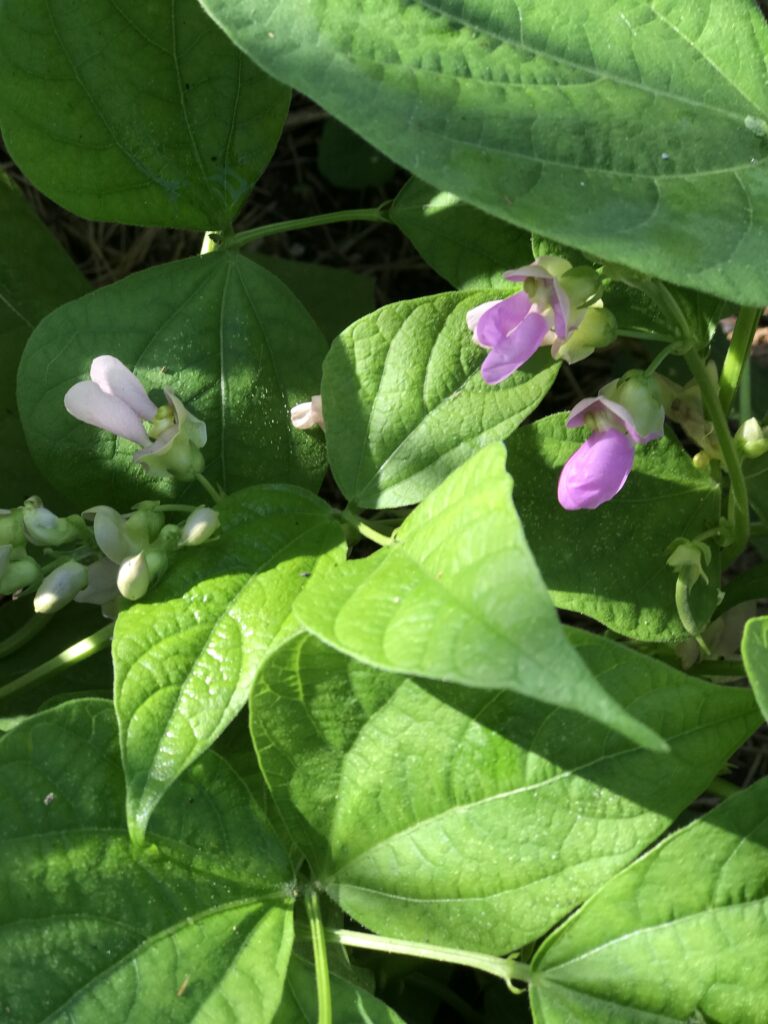
January may be your last chance to plant English and Snap peas. It’s well worth the effort, and if if we get the long, cold winter that was predicted, take advantage of it.
You can also plant green beans in Zone 10, as well.
Root Vegetables
Consider adding some root vegetables too, like carrots and rutabaga. If you don’t think the cool weather will hold, plant radishes, most of which will be ready in 28 to 45 days. Turnips are also quicker to harvest than other root veg, and generally more heat tolerant as well.
Onions
Alliums are nice additions to the mid-winter garden, and again, if you’re concerned the weather will get too hot too quickly, green onions grow quickly. Otherwise, it’s not too late for onion sets, leeks, or shallots.
No matter where you are in Florida, your county ag extension office can offer some reliable options for your gardening schedule.
But don’t be afraid to experiment a little, either.
